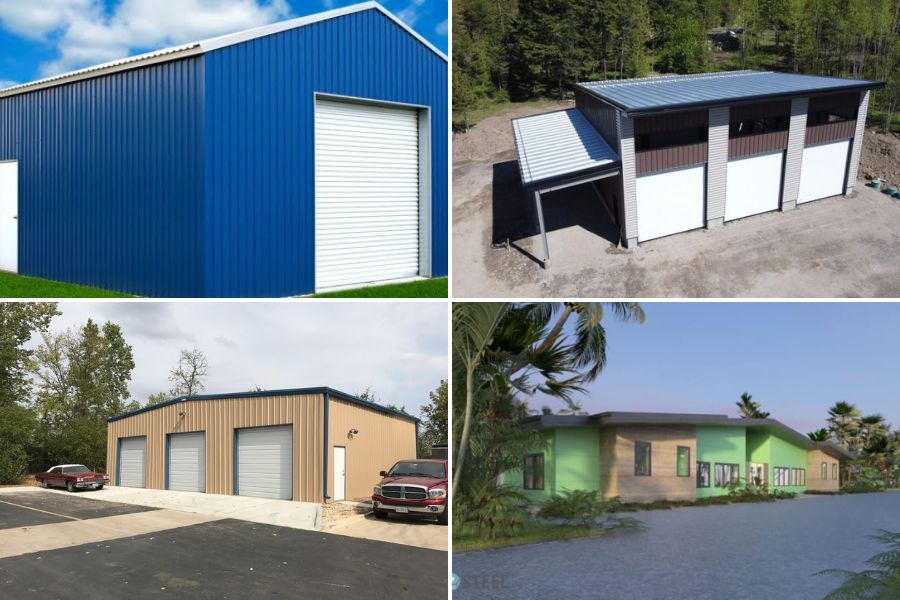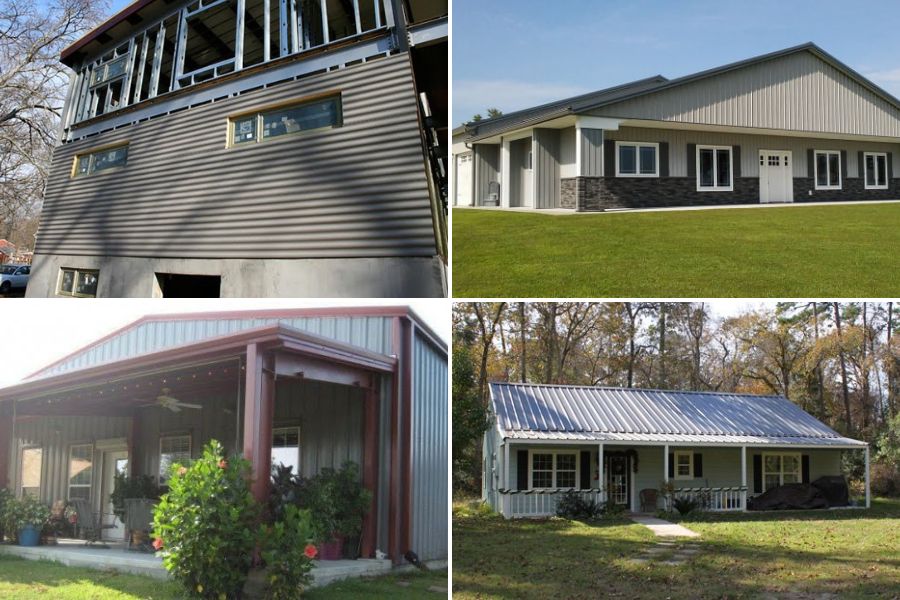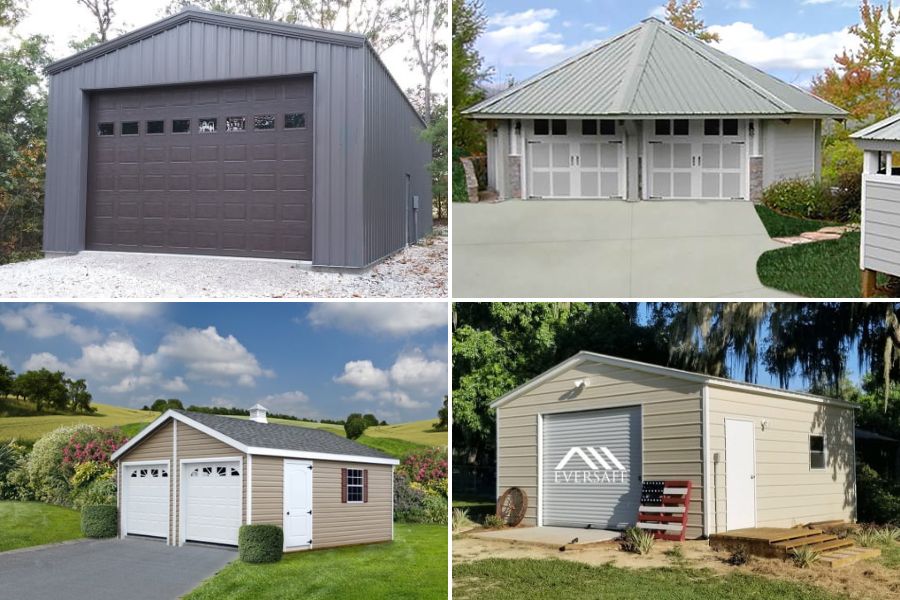Last updated on
Discover the streamlined process of building an accessory dwelling unit (ADU) in California with pre-approved plans that meet state and local regulations.
Key takeaways:
- Streamlined Process: Pre-approved ADU plans save time on permitting.
- Design Assurance: Plans meet specific codes, result in fewer construction holdups.
- Accessibility: Plans available online, easy point of entry for homeowners.
- Local Adaptation: Plans may require slight modifications to align with local ordinances.
- Cost Savings: Save on design fees, shorter loan period, lower construction costs.
What Are Pre-Approved ADU Plans?

Pre-approved ADU plans are standardized building designs that have been pre-vetted and approved by local government agencies in California. They streamline the approval process for homeowners looking to build an accessory dwelling unit (ADU) on their property.
– **Streamlined Process**: By bypassing the individual plan review process, these plans save time on permitting.
– **Design Assurance**: Each design meets specific codes, often resulting in fewer construction holdups due to compliance issues.
– **Accessibility**: Typically available online, these plans offer an easy point of entry for homeowners to browse potential ADU models.
– **Local Adaptation**: While state pre-approved, some cities may require slight modifications to align with local ordinances.
These plans represent a bridge between policy and practical application, aiming to boost housing stock efficiently.
Pros and Cons of Choosing Pre-Approved ADU Plans
Opting for pre-approved ADU plans can significantly streamline the development process, but it’s important to weigh both sides carefully. On the upside, these ready-to-go designs can trim months off your project timeline since they bypass the lengthy individual plan reviews typically required by city planning departments. This aspect alone can be a major draw for homeowners eager to break ground.
Cost efficiency is another major benefit. Because the plans are standardized and have already undergone scrutiny, you’re less likely to encounter the unexpected design-related costs that are all too common with custom plans. You’ll also save on the expense of hiring an architect to draft a unique design from scratch.
However, the trade-off comes in the form of customization. Pre-approved plans offer less flexibility to tailor the ADU to your specific property or design preferences. You may find the options limiting if you have a vision for a space that doesn’t fit the mold of what’s available in the pre-approved catalog.
Lastly, consider compatibility with your existing property. The design chosen must not only meet your needs but also mesh well with your site conditions and local zoning requirements. While pre-approved plans are designed to comply with state laws, they may not account for every nuance of your city’s regulations or the unique characteristics of your lot.
Cost Savings With Pre-Approved ADU Plans: Exploring Time and Financial Benefits
Pre-approved ADU plans are a game-changer when it comes to cost savings, primarily because they significantly reduce the cycle of design, submission, and review that custom plans are subject to. By opting for these standardized designs, homeowners can save on architectural and design fees, which often represent a considerable portion of the upfront costs.
Time is another critical factor. Custom plans can take months to navigate through the approval process, with revisions and resubmissions slowing down progress. Pre-approved plans, conversely, often sail through this stage more quickly since they have already met the necessary zoning and building codes. This expediency not only shortens project timelines but also translates to reduced holding costs. For homeowners financing their ADUs, a shorter loan period can mean substantial interest savings.
Furthermore, these plans typically come with a predictable bill of materials, allowing for more accurate budgeting. Contractors can offer more competitive and precise bids because they know exactly what they will be working on, leading to potentially lower construction costs.
In addition to direct outlays, indirect costs, such as the opportunity cost of time, should be considered too. Faster completion means rental income can be generated sooner, helping to offset expenses and move more quickly into the profit zone.
In essence, the efficiency and predictability afforded by pre-approved plans can provide meaningful financial relief both during and after the construction process.
Permit Requirements for Pre-Approved ADU Plans
Navigating the permit process can often be one of the more challenging aspects of constructing an ADU, but with pre-approved plans, some of the hurdles are lowered. California law mandates that local governments expedite the permitting process for ADUs, and pre-approved plans streamline this even further by having pre-cleared many of the common building and safety codes.
However, this does not mean you can skip the due diligence phase. You must still obtain a building permit to ensure your project complies with all other local zoning regulations, such as lot coverage, setbacks, and maximum height restrictions. Additionally, your property will need to be assessed for utility connections, such as sewer, water, and electricity, which pre-approved plans cannot pre-emptively cover since they are site-specific.
It’s also essential to check if your local jurisdiction requires owner-occupancy. Some cities and counties in California have owner-occupancy provisions that dictate whether the primary residence or ADU must be owner-occupied for a certain period.
Remember that pre-approved doesn’t mean pre-assumed. Engage with your local building department early to verify that your chosen pre-approved plan matches the specific requirements of your property. This will save you from potential obstacles or delays down the line, ensuring your ADU construction goes smoothly.
Spotlight On Success: Cities Where Pre-Approved ADU Plans Are Thriving
Several cities in California serve as excellent examples of the successful implementation of pre-approved ADU plans, with each showcasing the benefits and efficacy of streamlining the ADU development process.
Los Angeles stands out for its innovation in this area, having launched a program that offers a range of pre-designed, permit-ready ADU blueprints. This initiative not only helps homeowners navigate the complexities of building codes but also significantly reduces the time it takes to obtain permits.
San Jose, meanwhile, has been proactive in encouraging ADU construction to address its housing crisis. By offering pre-approved designs, the city has managed to cut the permit process down to just a few weeks, a move that has resulted in a spike in ADU applications.
San Diego’s approach focuses on education alongside its pre-approved plans. The city provides accessible resources on regulations and potential costs, which leads to more informed decisions by homeowners. This transparency has fostered a trusting environment that’s conducive to ADU development.
In these cities, pre-approved ADU plans have proved to be more than a mere convenience—they are catalysts for sustainable urban growth and housing diversity. By observing these success stories, other municipalities can see the clear advantages of adopting similar strategies to promote ADU construction.
Related reading:
Table of Contents





